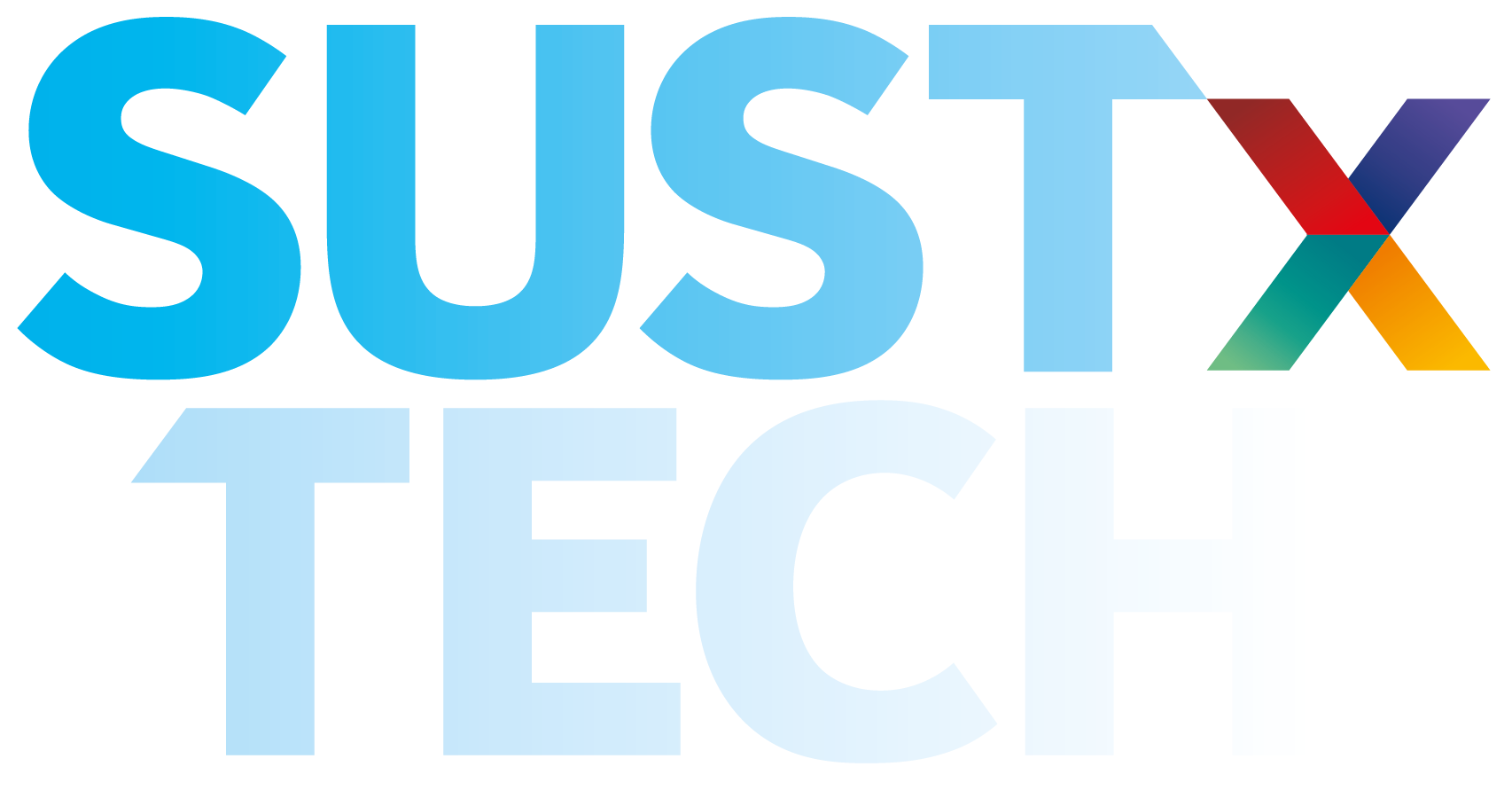SUSTx Technology - 2022 Agenda
12th October 2022
In a recent survey of 400 executives from various industries and regions conducted by Bain & Company and the World Economic Forum, 40% of respondents said they believe digital technologies are already having a positive impact on their sustainability goals. Technology and innovation are some of the key enablers to a faster and safe journey towards net-zero and sustainability goals; bringing game-changing digital and tech ideas should be at the core of any management decision-making process. As reported by Forbes, the effects of climate change will cost companies up to $1.6 trillion per year by 2025. What are we waiting for and how tech can help?

- Balancing the systemic benefits against the sustainability needs. Is the good outcome always outweighing the sustainable challenges?
- How Sustainability tech pays off. Investing, transforming, and making better organisations
- Are we understanding (and fixing) our Tech environmental impact?
- How to apply sustainability principles to our digital lives and have bigger and better growth





- Understand how Costain and SAP have partnered to unlock infrastructure data to generate targeted actionable insights to unlock great value through UK infrastructure projects
- Connect with the technology that is driving better, more sustainable outcomes
- Unpick how digital solutions are accelerating UN SDGs


A Nature study in 2020 assessed the potential impact of AI on the United Nations’ 17 Sustainable Development Goals, encompassing societal, economic and environmental outcomes. The researchers found that AI could positively enable 93% of the environmental targets, and the application of AI levers could reduce worldwide greenhouse gas (GHG) emissions by 4% in 2030, an amount equivalent to 2.4 Gt CO2e – equivalent to the 2030 annual emissions of Australia, Canada and Japan combined.
- Effective carbon accounting for artificial intelligence systems
- The next-generation AI technologies: addressing current limitations of AI, focusing on low power and sustainable AI and moving forward
- Opportunities and pitfalls of AI: how collaboration and partnerships can drive your sustainability efforts




ROOM: Main Plenary
Business in the Community (BITC) and its network of business members are leading a movement to create a fair and sustainable world in which to live and work.
Formed in 1982, and with HRH The Prince of Wales as their Royal Founding Patron, they are the largest and longest-established membership organisation dedicated to responsible business.
They work and campaign with more than 600 members to continually grow their responsible business practices, uniting their efforts for greater social and environmental impact in our communities.

ROOM: Abbey
Join experts from Splunk and AWS as they discuss why you need to take business sustainability seriously and how you can utilise the building blocks you already have in place to drive sustainability now.
Learn more about:
- Why data will drive decisions and gap analysis in sustainability planning and execution
- Why you need to take sustainability seriously and the significant risks to taking a standard approach
- How to utilise the building blocks you already have in place to immediately accelerate your understanding to drive sustainability now
- Evolving your data-enabled approach to drive decision-making towards true transformation


ROOM: Wordsworth
Technology is a vital enabler of sustainability – from accelerating Net zero transitions to building more sustainable value chains.
However
We do not need to overcomplicate and redesign the wheel, especially as budgets get tighter.
A good holistic Sustainability/ESG Strategy is key, and good Tech can support this.
- What makes a robust ESG Strategy
- Where Technology add value to your sustainability strategy
- Responsibility in Tech

The ICT industry today is generating approximately 2% of global CO₂ emissions. Migrations to the public Cloud can reduce CO2 emissions by 59 million tons annually, equating to taking 22 million cars off the road (Accenture). Electronic waste (e-waste) is already the world’s fastest growing and most toxic waste stream, and only 20% is currently recycled. What are the next steps companies need to take to re-rethink and re-design their products and services and how do they migrate, dematerialise, and become more sustainable?
- Making Cloud cooler. How to help the power consumption and Co2 emissions issues
- Increasing circularity. From manufacturing to the right to repair.
- Dematerialisation: using less and better hardware, machines, and products



ROOM: Main Plenary

ROOM: Wordsworth
Dr Heather Lewtas works at the United Kingdom Atomic Energy Authority and combines her physics knowledge with creativity to come up with solutions to the many challenges in attempting to build the first nuclear fusion power station.
JET is the world’s largest and most advanced tokamak. Plasmas in JET are hotter than anywhere in the Solar System.
Operated by Culham Centre for Fusion Energy, the Joint European Torus (JET) is the focal point of the European fusion research programme.
JET was designed to study fusion in conditions approaching those needed for a power plant. It is the only experiment that can operate with the deuterium-tritium fuel mix that will be used for commercial fusion power. Fusion energy holds out the potential of virtually unlimited supplies of low-carbon, low-radiation energy.
Since it began operating in 1983, JET has made major advances in the science and engineering of fusion. Its success has led to the construction of the first commercial-scale fusion machine, ITER, and has increased confidence in the tokamak as a design for future fusion power plants.
Last February JET made a major breakthrough in its quest to develop practical nuclear fusion smashing its own world record for the amount of energy it can extract by squeezing together two forms of hydrogen, with a production of 11 megawatts of power over five seconds.

ROOM: Abbey
- ESG Introduction
- Environmental emergency
- The digital business is challenged by its environmental footprint
- What are Scope 1, 2, 3 emissions
- Pure’s commitments to lower its carbon footprint

A new update from the International Data Corporation (IDC) forecasts that global blockchain spending will hit just under £13.5bn by 2024. Smart contracts will be a great tool to help achieve our sustainability targets. How is this going to happen and what are the challenges?
- How blockchain is improving transparency, accountability and traceability in a better, more efficient and sustainable organisations
- How to do it: Blockchain implementation in your sustainability strategies
- Is Proof of Stake the next logical step for a more sustainable blockchain?




- How can digital intelligence provide early warning system on sustainability issues?
- What methods and approaches best home in on risk and engagement opportunity?
- How can digital monitoring reduce or mitigate ESG risk?













